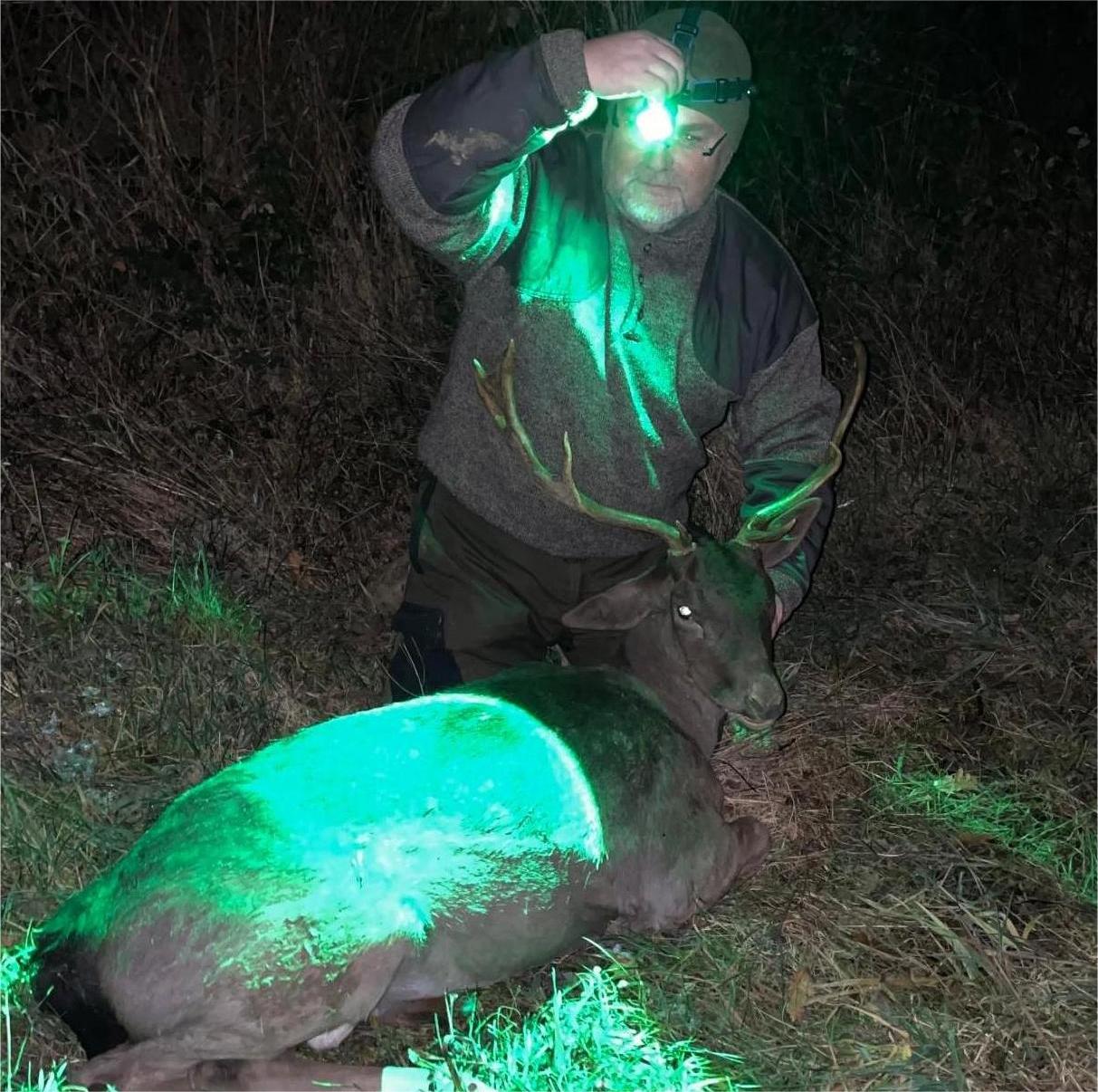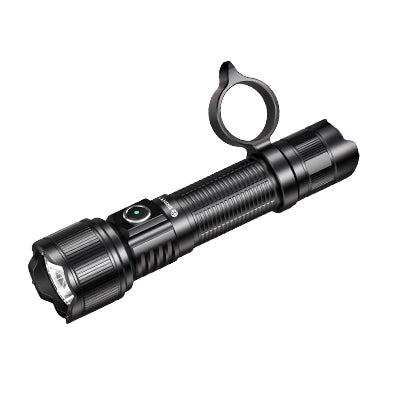Introduction: Why Off-Season Maintenance Matters
Every hunter knows the importance of reliable lighting in the field—but what happens after hunting season ends? Many hunters toss their flashlights and headlamps into a drawer, forgetting them until next year. The result? Corroded batteries, weakened seals, and unreliable beams when you need them most.
Off-season flashlight care isn’t just about tidiness—it’s about protecting your investment and ensuring readiness for the next hunt. Proper hunting light maintenance keeps your gear performing like new, season after season.
Step 1 – Clean Your Flashlight Before Storage
Before putting away your hunting lights, clean them thoroughly. Mud, tree sap, and blood residues can damage the body finish and lenses. Use a soft microfiber cloth with mild soap or isopropyl alcohol to remove grime.
Avoid ammonia-based cleaners, especially on coated lenses—they can strip the anti-reflective layer that ensures maximum brightness and clarity.
Pro Tip: For models like the Brinyte HL28 Artemis, focus on the lens edges where fine dust often builds up—clean optics mean better light output next season.
Step 2 – Remove Batteries and Prevent Leakage
Never leave batteries inside your flashlight during long-term storage. Even high-quality 18650 lithium cells can leak if left fully charged or discharged for months. Leakage can corrode metal contacts and destroy internal circuitry.
Remove all batteries and store them separately in a cool, dry, non-conductive case. If you use multiple cells, label them and rotate use evenly next season.
Step 3 – Recharge and Rotate Batteries Every Few Months
Lithium batteries are sensitive to prolonged inactivity. To prevent capacity loss, recharge them every 2–3 months to about 40–60% of their full charge. This level minimizes chemical aging while preventing deep discharge.
If you’re storing gear in cold regions like Scandinavia or Alaska, keep batteries indoors—cold weather accelerates voltage drop. A periodic top-up ensures your flashlight is field-ready anytime.

Step 4 – Check O-Rings, Threads, and Waterproof Seals
Your flashlight’s waterproofing relies heavily on O-rings and thread seals. Over time, rubber O-rings can dry out or crack, especially in arctic or desert climates.
Inspect each seal carefully and apply a thin coat of silicone grease to maintain elasticity. Also, clean and lubricate the threads to prevent corrosion.
Field Tip: Many Brinyte models—like Brinyte PT28 Oathkeeper—use double O-ring protection. Keeping them lubricated ensures IP68-level waterproofing remains intact even after years of use.
Step 5 – Store in a Cool, Dry, and Dust-Free Environment
Where you store your gear matters as much as how you store it. Avoid leaving flashlights in vehicles or attics—heat and humidity can degrade rubber, adhesives, and even LED solder joints.
Store your lights in an EVA case or original packaging, in a shaded, ventilated area. For humid regions, include a small silica gel pack to absorb moisture.
Step 6 – Inspect Before Next Season
Before hunting season begins, take time to inspect your lights. Check:
- Power button responsiveness
- Charging port stability
- Battery contact cleanliness
- Beam consistency across brightness modes
Perform a full lighting test in a dark room to simulate real conditions. A quick inspection can reveal issues long before they cause problems in the field.

Step 7 – Pro Tip: Extend Lifespan with Quality Gear
Even with proper maintenance, not all flashlights age the same. Investing in durable, outdoor-rated gear ensures your maintenance efforts pay off.
Brinyte’s hunting lineup, including Brinyte T28 Artemis and Brinyte HL28 Dual-Light Headlamp, are designed with corrosion-resistant aluminum bodies, reinforced seals, and smart battery management—perfect for long-term reliability.
Frequently Asked Questions
Q1. Should I remove batteries from my flashlight during off-season?
Yes. Always remove them to prevent leakage or corrosion.
Q2. How often should I recharge lithium batteries if not in use?
Every 2–3 months, keeping them at 40–60% charge for longevity.
Q3. What’s the ideal temperature to store hunting flashlights?
Between 10–25°C (50–77°F), away from sunlight and humidity.
Q4. Can I use silicone grease on flashlight threads and O-rings?
Yes, a thin layer of silicone grease maintains waterproof performance.
Q5. How can I prevent rust on metal flashlight parts?
Keep them dry, avoid prolonged contact with sweat or saltwater, and store with moisture absorbers.
Q6. How do I test my flashlight before hunting season?
Check the beam pattern, switch function, and battery life under low-light conditions.
Conclusion: Treat Your Flashlight Like a Firearm
Serious hunters treat every piece of equipment with respect—and that includes their lighting tools. Proper care, cleaning, and battery management turn your flashlight into a trusted companion, not a disposable gadget.
As you pack up for the off-season, remember: a flashlight cared for today is the one that won’t fail you tomorrow.
If you’re ready to upgrade or replace aging gear, explore Brinyte’s professional hunting lights—built for the field, and engineered to last through every season.



